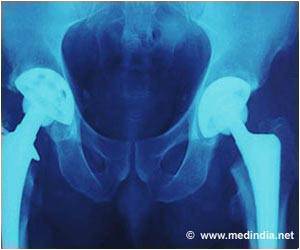No increase in the risk of complications for patients undergoing overlapping orthopaedic surgery – procedures where a single surgeon is the primary surgeon for more than one patient simultaneously in separate operating rooms.

TOP INSIGHT
Overlapping surgery is a safe practice in the ambulatory orthopaedic surgery center.
Dr. Goldfarb and colleagues compared the outcomes of overlapping versus nonoverlapping surgery at their university-affiliated orthopaedic ambulatory surgical center (ASC). In overlapping surgery, the attending surgeon is present for "critical" parts of the procedure, leaving another surgeon to perform noncritical portions – typically skin closure. Overlapping surgery is commonly used to maximize operating room efficiency.
Although this practice is not new, it has become controversial in the wake of recent high-profile media reports. Most previous studies of overlapping surgery have focused on inpatient procedures, performed on hospitalized patients.
The analysis included more than 22,000 outpatient orthopaedic procedures performed between 2009 and 2015. The patients underwent a wide range of elective surgeries, including knee, hand, and shoulder procedures. No joint replacement or spine operations were included in the analysis.
Twenty-three percent of the procedures were overlapping surgeries. Median overlap time in these procedures was eight minutes. According to this ASC’s policy, another attending surgeon –not a resident or fellow in training – was present during the overlapping portion of the procedure.
Anesthesia and overall surgery times were slightly longer in the overlapping surgery group, but these surgical factors did not increase the risk of complications.
The researchers note that although this study includes a large number of outpatient orthopaedic surgery cases, the data represent the experience of only one ASC. Nevertheless, the results suggest that overlapping orthopaedic surgery can be safely carried out in ambulatory surgery settings – at least as practiced at the authors’ institution. Dr. Goldfarb and colleagues conclude, "Practitioners, payers, and patients should be reassured that limited overlapping surgery is appropriate and reasonable in this setting."
Click here to read “Complications Following Overlapping Orthopaedic Procedures at an Ambulatory Surgery Center.”
DOI: 10.2106/JBJS.18.00244
Source-Newswise
 MEDINDIA
MEDINDIA




 Email
Email




